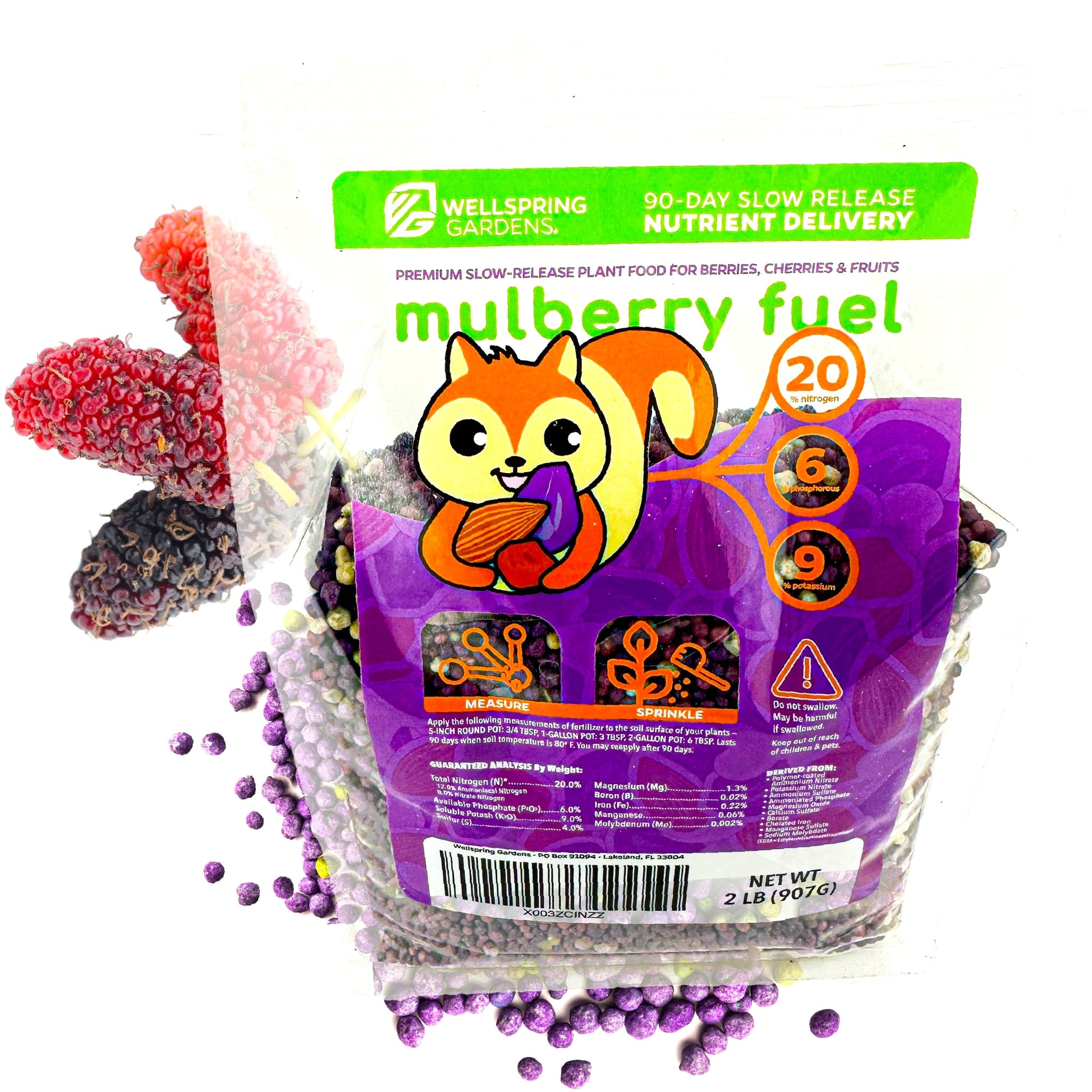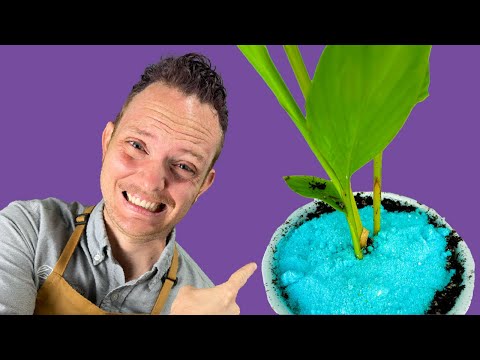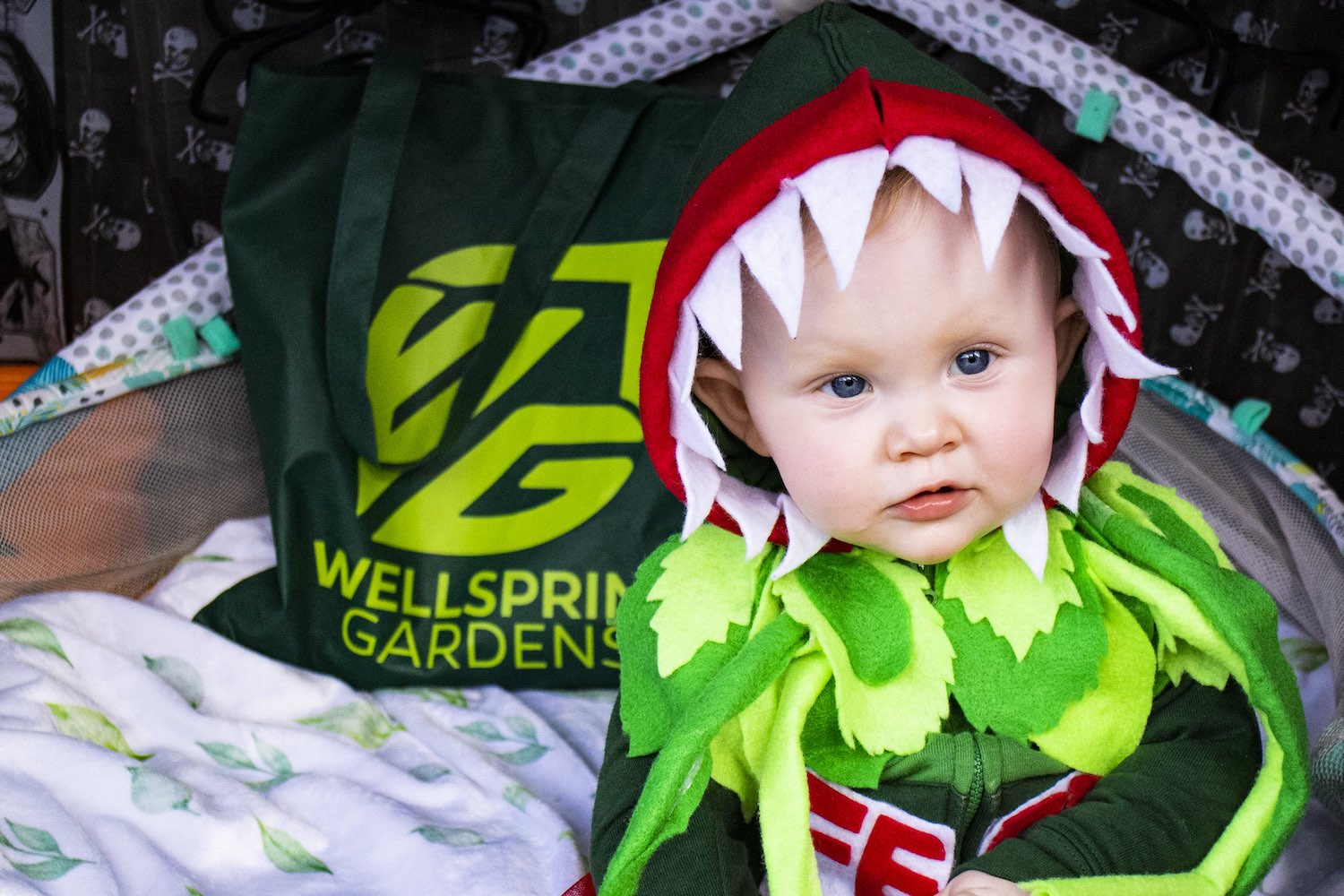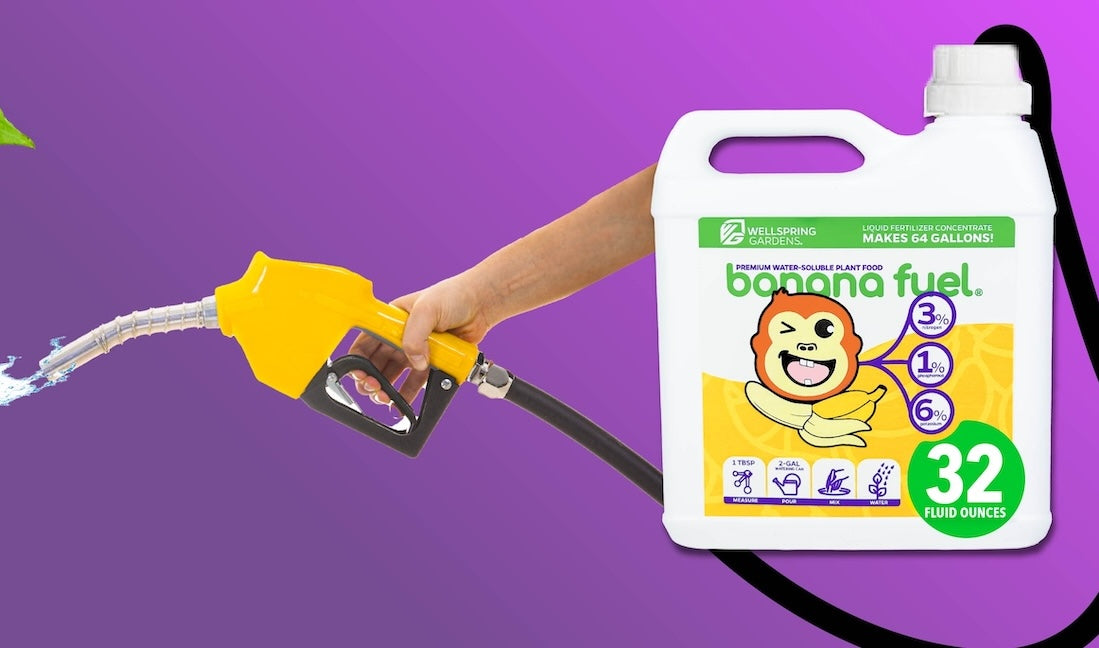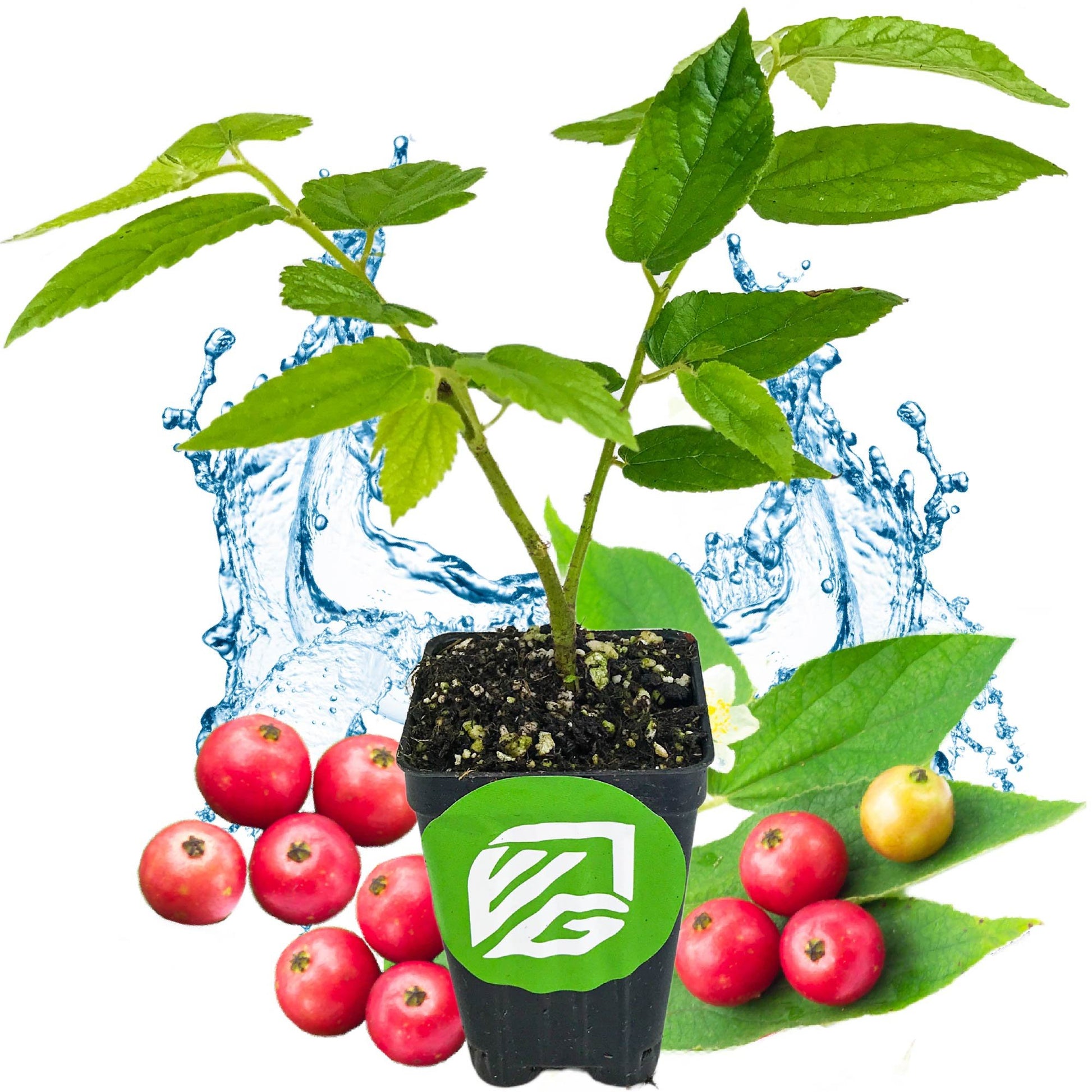
Red Jamaican Cherry (Strawberry Tree) - Muntingia calabura
+ Free Shipping
The Red Jamaican Cherry Tree or Panama Berry is named for berries that look like cherries and taste like nature's cotton candy. When mature, it fruits abundantly, quickly, and year-round. It is known by many different names, such as strawberry tree (since its leaves look like a strawberry plant), Panama berry tree, cotton candy berry tree, and jam fruit tree. There is also a Yellow Jamaican cherry variety that produces yellow berries. Both types look the same, have the same care needs, and taste similarly amazing. The yellow type is more rare.
- Average mature height: 25 to 40 feet
- Light: Full to part sun
- Soil: Drought tolerant
- Zones: 10-11
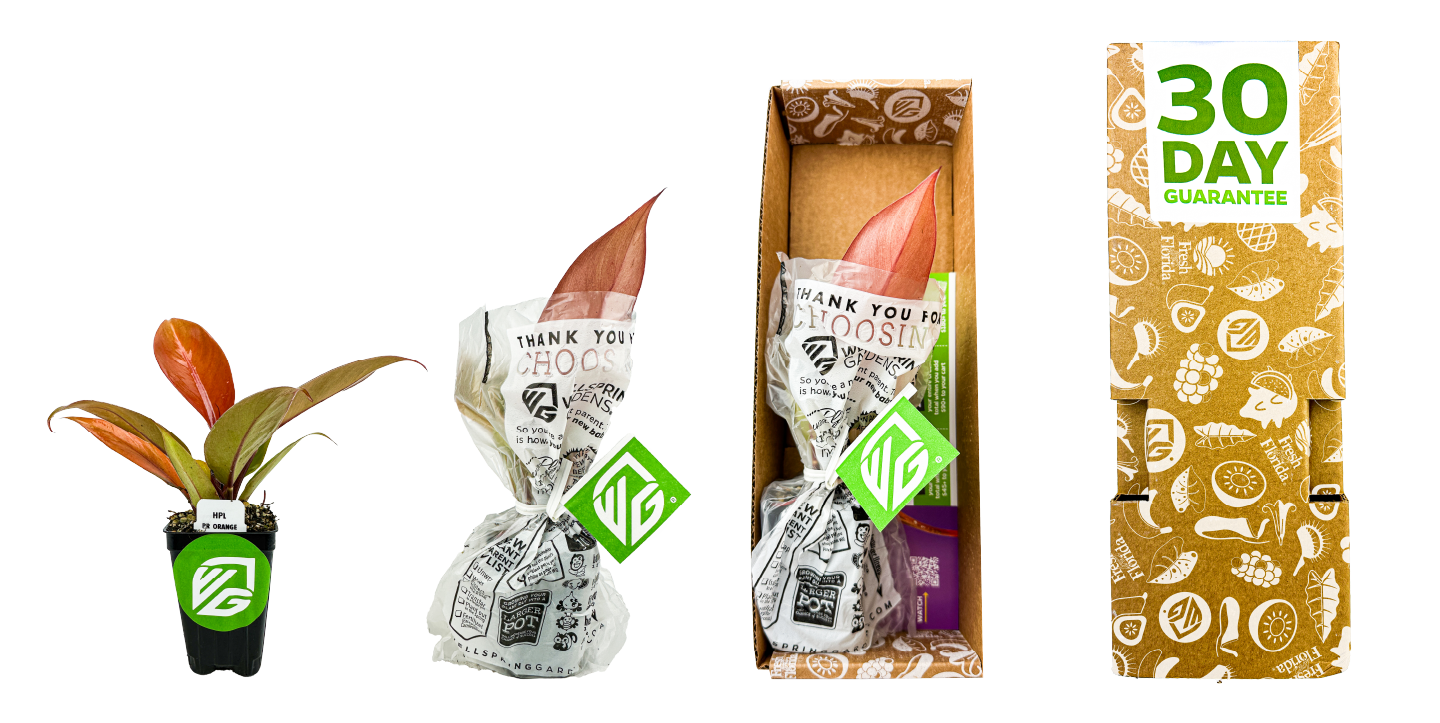
Shop with confidence
Your plants are packed with the utmost care, but shipping can be stressful on the little guys.
That's why you have 30 days from the arrival date to experiment with them. If they don't bounce back, you're eligible for a refund.
You may also like
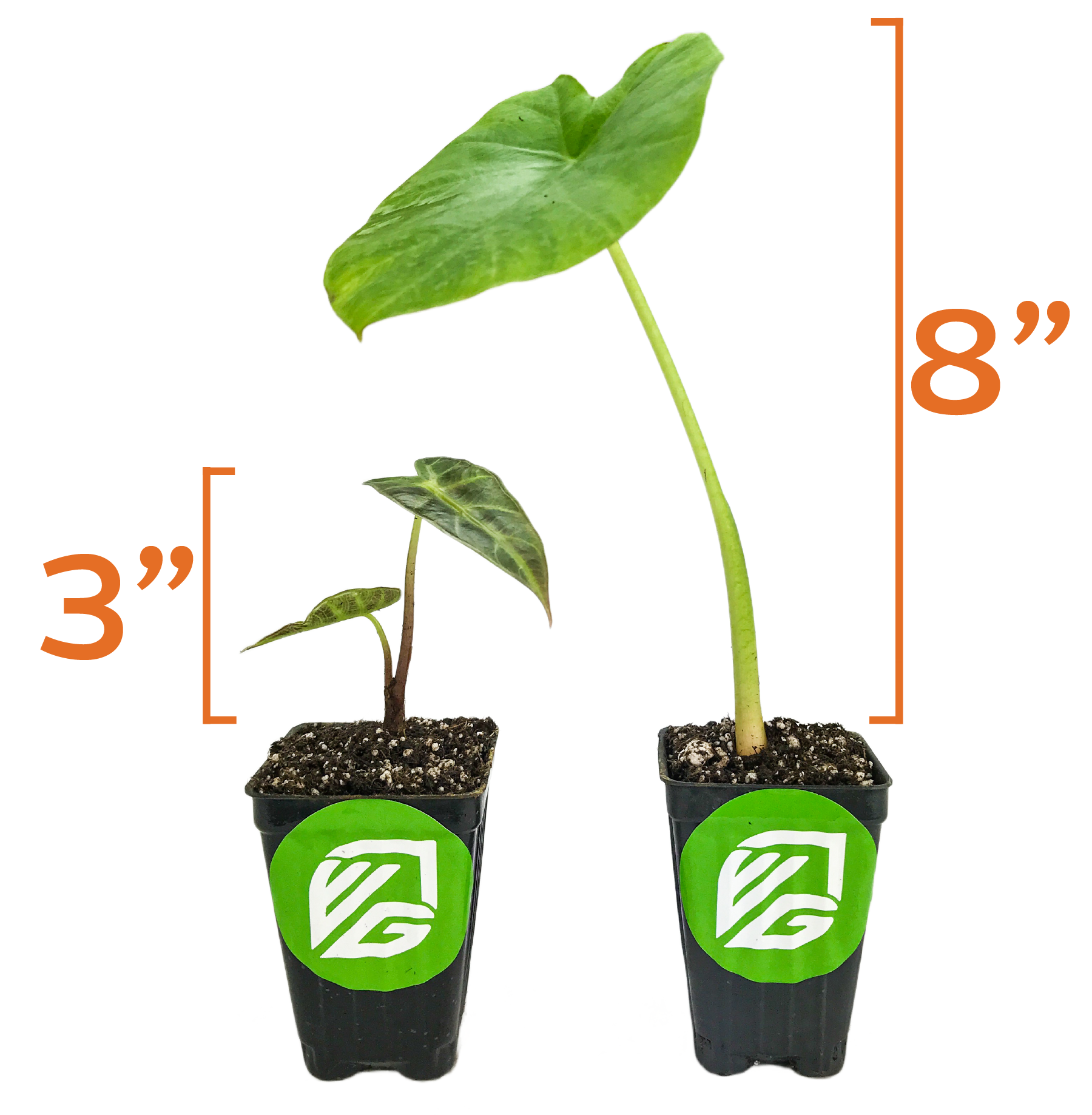
We sell baby plants
Wellspring Gardens is the starter plant, AKA “baby plant” shop. We just get you started, so you get all the credit for raising your plants under your green thumb.
How tall are baby plants?
We aim to ship your plants when they’re 3-8” tall, though we often ship them taller than that.
What determines whether I get a 3-, 6-, or even 18-inch-tall plant?
The exact size of the plant we send you is variable on the time of year and how long we've been growing it out.
Mulberry Fuel: Set it and forget it for 90 days







